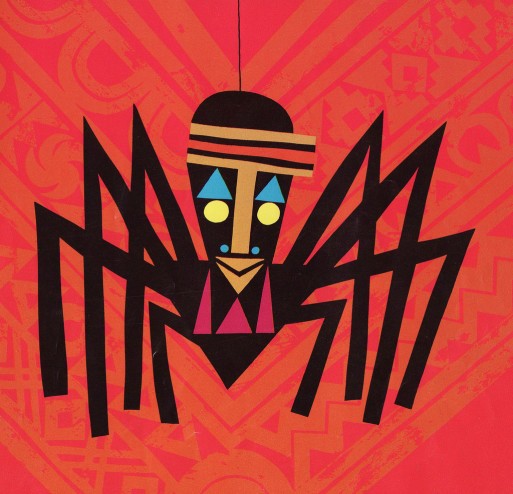Folklore or folktales are part and parcel of African culture and cuts across traditions of different nations that make up Africa. It could be tales by moonlight, where an elderly person tells many tales to the admiration and attentiveness of children while the moon provides the much-needed illumination. Questions and answers about the moral lessons learnt often follow after the tales.
They were mostly unwritten tales or oral traditions handed over to the young ones by their forebears. African folklore comprises of African culture, customs and tradition, norms and values, myths, and legends.
In African folklores, Animals play very important roles. They assume human characteristics and are often the main characters in our stories.
We learnt about the cunningness of the tortoise, the bravery of the lion, the fastness of the dog, the escapades of the elephant, the elegance of the eagle, the intelligence of the monkey, the raw strength of the chimpanzee, the supernatural powers of some local heroes like “Ojadili” in the Igbo folklore, who even wrestled the spirits. These helped to form our opinions about life in general, and animals in particular.
There are also Stories of love and adventure.
African folklores usually have an opening word, phrase or sentence as the case may be from the storyteller, and a response signifying readiness on the part of listeners. Among the Igbo people of the Southeastern part of Nigeria, some of the opening lines are “ Otii” and the response is “oyo”, “Chakpi” with “woo” as the response, “onwere otu ubochi”, and “Otu Ubochi wee rue”, as response, “Nkita nyara akpa”, “Nsi agwu n’ ohia” as response. Every other Nation in Africa has their peculiar way of starting and ending a story. The Igbo usually ends theirs with “ifo m gbaa agu na asaa, gbaa mmiri na asaa. All these are to get the attention of the listeners, check their readiness, and let them know when the story ends.
When we were growing up and in the villages, there’s an excitement that comes with the siting of the new moon, and the prayer for it to go from crescent to full moon, so we could be free again to play and hear moonlight tales. There were times we converged at the central village square, and other times in the safety of our compounds, in the huts, at the front of the fireplace, and in the arms of grannies who were the real storytellers. Sometimes after listening to scary ones, we would all be gripped by fear, and nobody will agree to move.
Why can’t these folklores be developed into cartoons to preserve African traditions, and teach the kids our ways of life from the cradle?
Folklore is a very important way of preserving our culture and tradition, and oral history too.
Now that our children are glued to Cartoon Network, Nickelodeon, and other kiddies channels in this fast paced digital world, we can as well create our own African Tom and Jerry, Bugs bunny, Cinderella, George of the jungle, for the benefit of our children, and to keep passing our culture, traditions, norms and values to generations yet unborn.
Many of our norms and values have been eroded, and this is the time to revive and hold on to some of the things that define us as a people! Folklores is a very important and integral part of who we are as Africans.
By Odumodu Gbulagu
AFRICA TODAY NEWS, NEW YORK

